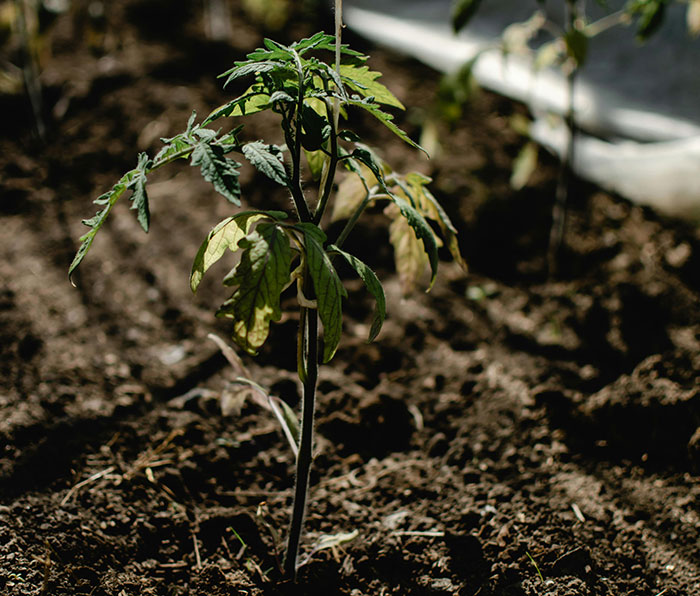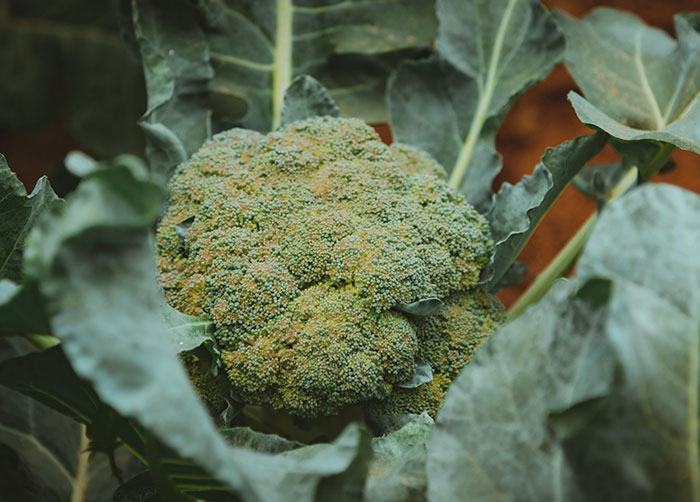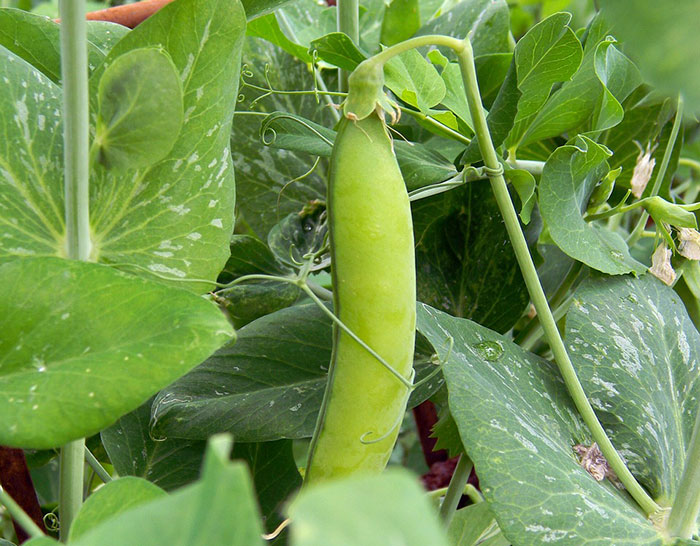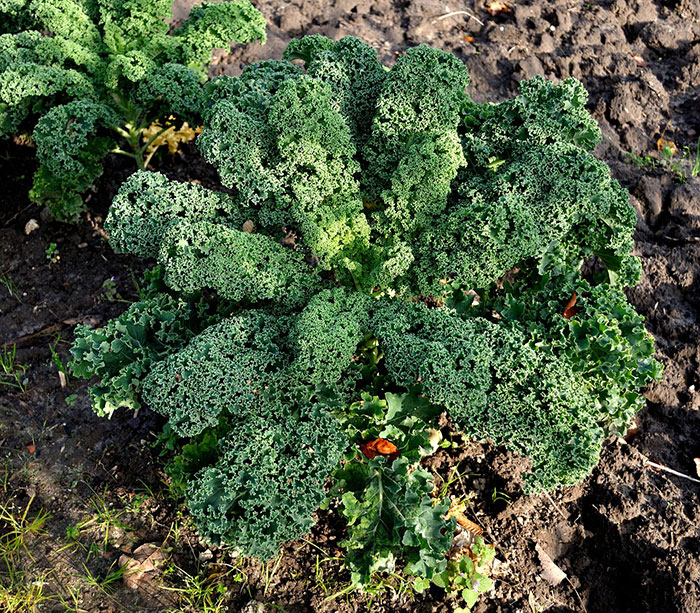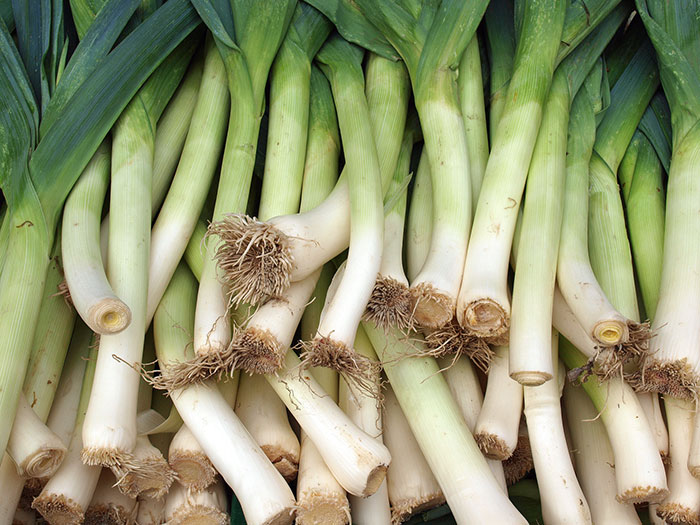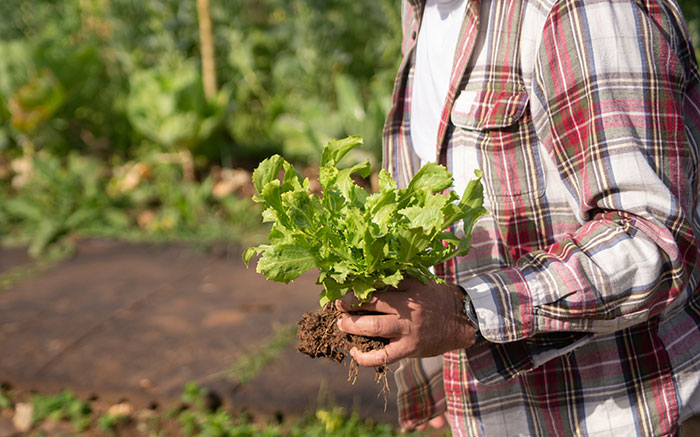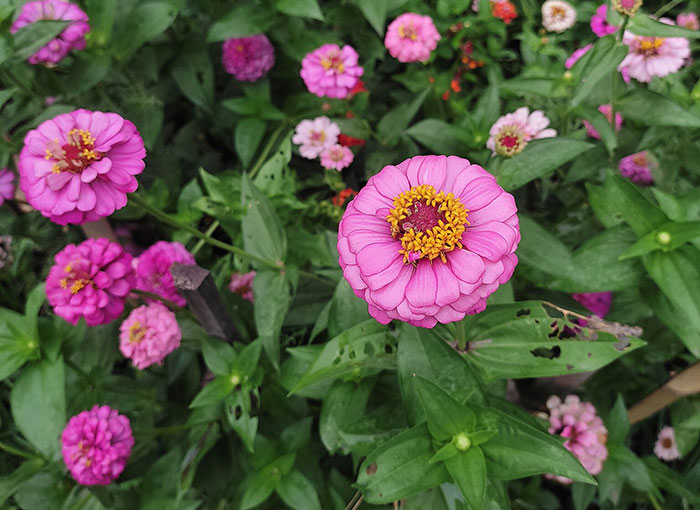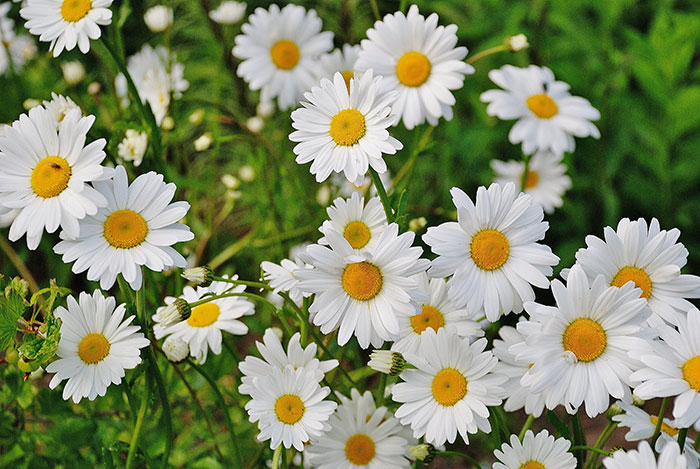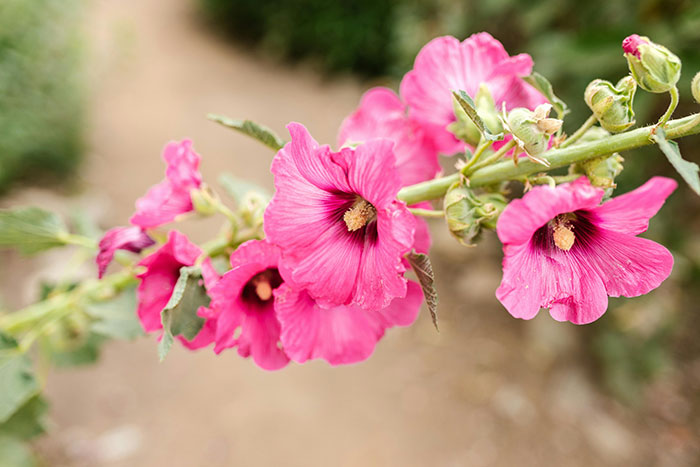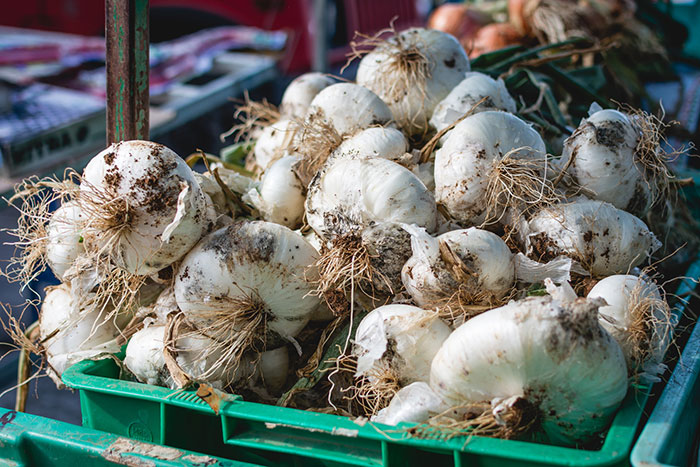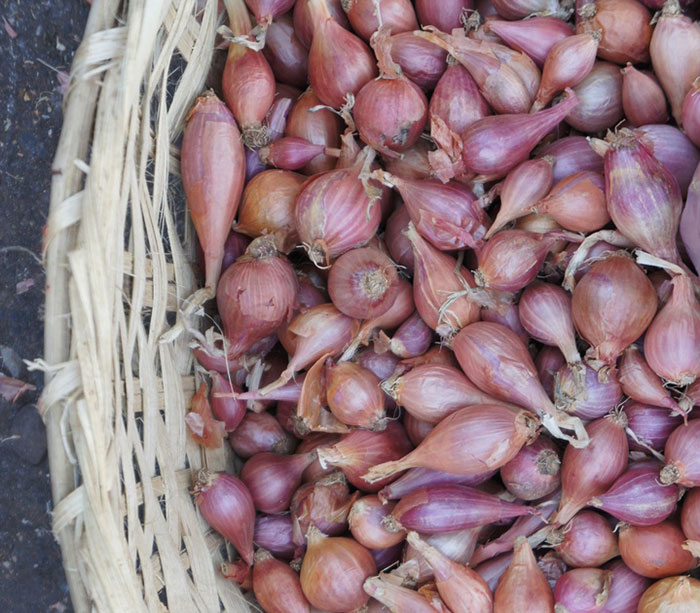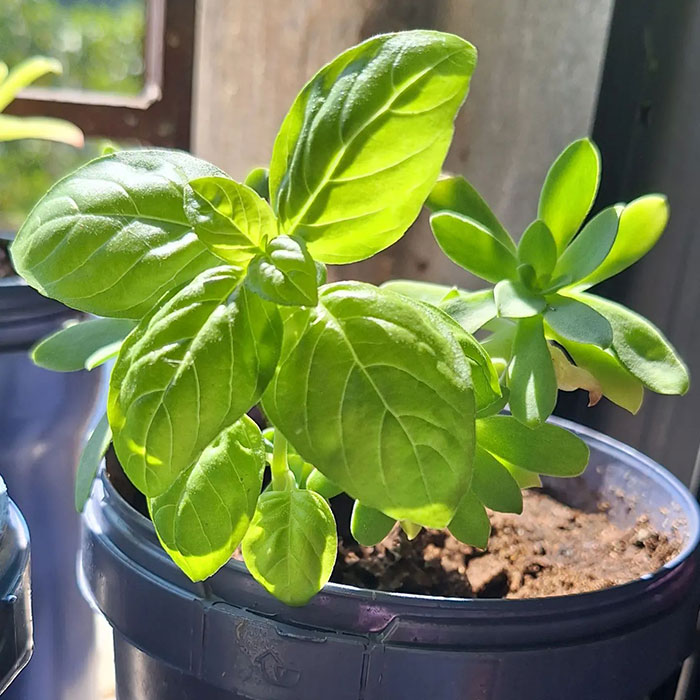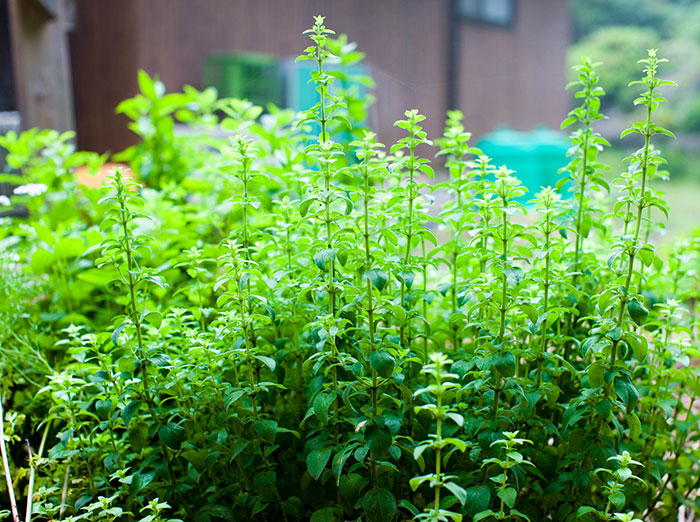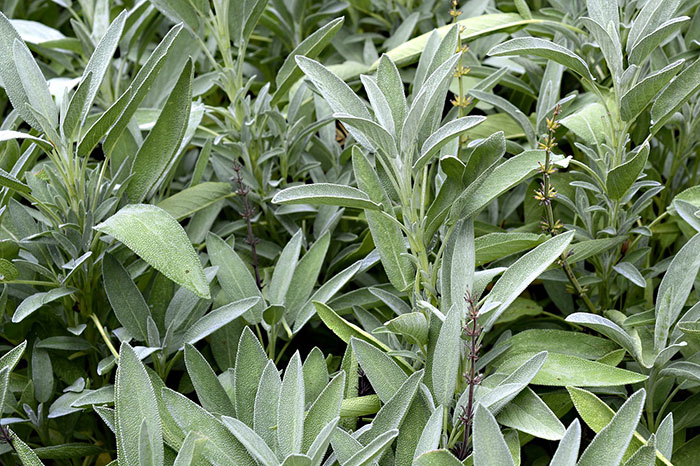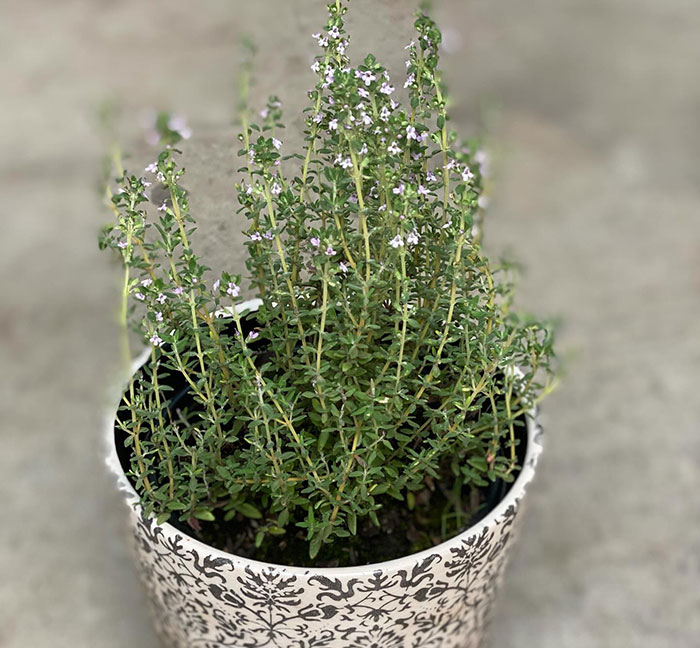
18Kviews
What To Plant In February: 15 Plants To Start A Garden This Winter
During the chilly days of winter, all you can think about are warm, sunkissed days, cold beverages, and family picnics in the garden. And what better way to win your heart than a garden bursting with vibrant flowers or ripe vegetables? But, to have a lush garden, you need to start sowing in advance. So why not in February?
As Marc Parent, a French-Canadian philanthropist, said, “January is for dreamers; February is for doers.” This couldn’t be more true. But if you are confused about what to plant in February, our green thumbs are here to help!
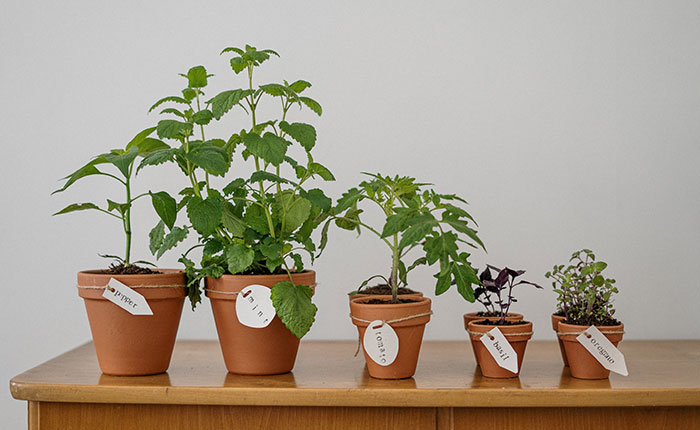
Image credit: cottonbro studio
February is a period of transition, the last breath of winter before the spring. You may be amazed at what you can sow during this modestly quiet month. From early flowers to herbs and vegetables, we gathered plenty of options, so your burning question, “What can I plant in February?” is answered. You can pick one or multiple and give a refreshingly green twist to the shortest month of the year
What Can You Plant in February?
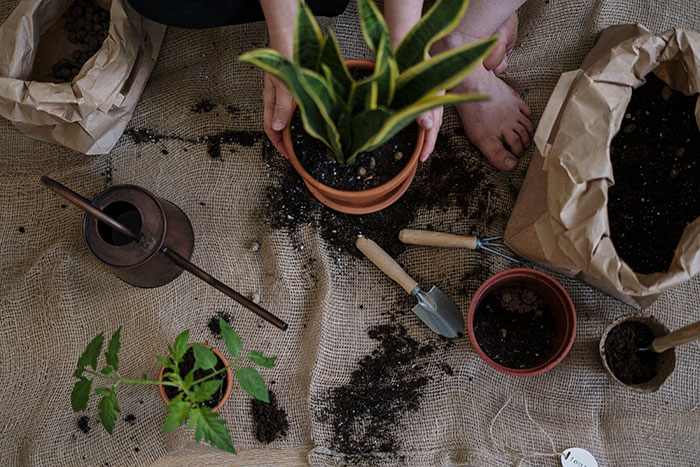
Image credit: cottonbro studio
If you stay in the northern hemisphere, February is too early to start sowing seeds directly in your garden. However, you can begin sowing herbs or flowering plants indoors using a heated propagator or in a greenhouse. If you wait till the end of February, you should be able to do the same on a sunny windowsill.
In many southern regions, you can start frost-hardy annuals directly in the garden. For other plants, if you think it’s safer to start indoors, you can do so and transplant them once the soil warms up.
Vegetables to Plant in February
Wondering what seeds to start in February that you can use for your culinary experiments? Here are a few early vegetables to pick from.
This post may include affiliate links.
Tomatoes
Scientific Name: Solanum lycopersicum
Zone: 3-11 USDA
Recommended Variety: “Roma” tomato
The most famous garden vegetable tomato needs a minimum temperature of 50 F for seed germination. Sow the seeds six to eight weeks prior to the last frost in moist, well-drained soil and water regularly. Start the seeds in a heated propagator or place them on a windowsill at the end of the month. Use compost or Epsom salt fertilizer to get the best out of your tomatoes.
Broccoli
Scientific Name: Brassica oleracea var. italica
Zone: 2-11 USDA
Recommended Variety: “Di Cicco” broccoli
One of the healthiest seeds to sow in February is certainly broccoli. Start sowing them around two to three weeks before the last frost. Use moist, well-drained, and slightly acidic (6.0-7.5) soil and water regularly. Maintain the temperature between 45 F and 85 F for proper germination. Harden off the broccoli seedlings before you transplant them outdoors.
Snow Peas
Scientific Name: Pisum sativum L (Macrocarpon group)
Zone: 2a-11b USDA
Recommended Variety: “Oregon Sugar Pod” snow peas
The mild-flavored snow peas need a temperature between 45 F and 75 F to germinate. They prefer cool temperatures and stop growing if it goes beyond 85 F. They need consistent watering and well-drained soil (pH 6.0 to 6.5). Use organic compost and avoid fertilizers.
Kale
Scientific Name: Brassica oleracea
Zone: 7-9 USDA
Recommended Variety: “Red Russian” kale
Despite being a hardy plant, the wonderful kale needs to be planted indoors in tiny modules or small seed-starting soil pods. With a regulated temperature between 60 F and 65 F, you can start the seeds three to five weeks before the last frost. If you want your kale to thrive, use loamy, moist, well-drained soil (pH 6.5 to 6.8) and compost. A windowsill would be an ideal home for kale.
Leek
Scientific Name: Allium ampeloprasum
Zone: 5-9 USDA
Recommended Variety: “Carentan” leek
Once the frost season ends, you can sow leek seeds directly in the garden. Start seeds indoors around ten to twelve weeks before the last frost in indoor containers. Place them on a windowsill and maintain a 55 F to 75 F temperature. Keep the well-drained soil moist by watering regularly.
Lettuce
Scientific Name: Lactuca sativa
Zone: 2a-11b USDA
Recommended Variety: “Buttercrunch” lettuce
You can start seeds for the lush lettuce around five weeks before the last frost. Place the pot near a window and maintain the temperature between 45 F and 70 F. Use light, well-draining soil and keep it moist by watering regularly. Mix soil with organic compost to produce healthy lettuce seedlings.
If you are interested in creating a fall/winter garden of vegetables, you can get a seed bank with multiple plants’ seeds that will help you grow your own food during the cold months. Fresh food will be a stone’s throw away with your winter garden!
Flowers to Plant in February
If you are more into aesthetics rather than edible plants and still aren’t sure what to plant in February, here are a few spring flowers you can start growing now.
Zinnia
Scientific Name: Zinnia elegans
Zone: 3-10 USDA
Recommended Variety: “Polar Bear” zinnia
Start zinnia seeds indoors around four to six weeks before the last frost. Sow two to three seeds together to increase germination chances. If more than one seedling sprouts, you can eliminate the weaker ones. Well-draining soil and a well-balanced fertilizer will help bloom the most stunning zinnia flowers.
Daisy
Scientific Name: Bellis perennis
Zone: 4-9 USDA
Recommended Variety: “Shasta” daisy
Start daisy seeds about six to ten weeks before the last frost. Don’t cover the seeds completely when you press them in the moist soil. Let some light reach them so they germinate properly. Place them in a sunny spot in your house. Harden them off before you transplant them outdoors.
Hollyhock
Scientific Name: Alcea spp.
Zone: 2-10 USDA
Recommended Variety: “Indian Spring Mix” hollyhock
Cold-hardy hollyhocks grown indoors need a temperature between 60 F and 70 F to germinate. These versatile plants can grow in any type of soil. Water regularly to retain moisture. Place them in a bright and sunny spot. When transplanting outdoors, pick a spot sheltered from winds to protect the vibrant hollyhocks from flopping.
Bulbs to Plant in February
Apart from seeds, you can also plant bulbs this February. Here are a few great ones to try.
Garlic
Scientific Name: Allium sativum
Zone: 4-9 USDA
Recommended Variety: (Hard Neck) “Porcelain German” garlic
For southern growers, February is the perfect month to plant garlic bulbs in their garden. Pick a sunny spot with loose, well-drained soil (pH 6.0-7.0) and mix it with compost. Keep the soil moist and feed it with nitrogen-rich fertilizer for the healthiest garlic bulbs.
Shallots
Scientific Name: Allium cepa var. aggregatum
Zone: 2-10 USDA
Recommended Variety: “Dutch Yellow” shallot
Plant shallots in indoor containers two to four weeks before the last frost. Or, plant it in the garden after the frost has passed. Pick a sunny spot with well-draining soil and moisten it with regular watering. When planting it in an indoor container, try moving it to a sunny spot. Mix compost while planting the bulb for an excellent harvest.
Other Things to Plant in February
Apart from flowers and vegetables, you can also plant herbs in February. Start by sowing seeds indoors to be transplanted outdoors after the frost season passes. Let’s look at some of the options.
Basil
Scientific Name: Ocimum basilicum
Zone: 2-11 USDA
Recommended Variety: “Genovese” basil (sweet basil)
Start basil seeds indoors around six weeks before the last frost and place them in a sunny spot. Keep the well-draining soil moist by watering regularly. Use a diluted liquid fertilizer. Basil is frost-sensitive; transplant it outdoors only when the temperature goes above 70 F during the day and 50 F at night.
Oregano
Scientific Name: Origanum spp.
Zone: 4-10 USDA
Recommended Variety: “Greek” oregano
Start the flavorful oregano seeds indoors around six to ten weeks before the last frost. It can miraculously thrive in poor soil where most plants can’t. As it’s moderately drought-tolerant, allow the soil to dry slightly before every watering cycle. Too much nitrogen can change its flavor, so avoid fertilizers. You can place it in any bright spot in your kitchen.
Sage
Scientific Name: Salvia officinalis
Zone: 4-10 USDA
Recommended Variety: “Broadleaf” sage
You can start the aromatic sage indoors about six to eight weeks before the last frost. Use moist, well-drained soil and keep it in a bright area. Feed it an organic fertilizer or compost. It can take quite some time to germinate (around six weeks), so be patient.
Thyme
Scientific Name: Thymus vulgaris
Zone: 5-9 USDA
Recommended Variety: “French” thyme
The adaptable and fragrant thyme is a great herb to plant indoors in February. Sandy and loamy soil will give you the healthiest thyme. It also requires less watering than other herbs. Feed it with a diluted, all-purpose fertilizer. Thyme is a sun worshipper, so place it in a south or west-facing window or a bright sunroom for the best results.
Would you like to create a culinary herb garden? Get a seed bank to grow your own herbs and fulfill your chef’s dream right in your kitchen.
FAQs
Now that you’re not wondering what to plant in February let’s answer a few common questions so you can start sowing before the month ends.
Is February Too Late for Winter Sowing?
Whether February is too late for winter sowing depends upon your hardiness zone. But, as you can see from the plants we have listed, sowing their seeds indoors in February is, in fact, ideal. Once the seeds germinate, it’s easy to transplant them outdoors as soon as spring arrives.
What Seeds Can Be Started Indoors in Zone 6 in February?
In zone 6, you can start seeds indoors at the end of January or early February. Cool-weather plants like leeks can be sown eight to twelve weeks before the last frost, while warm-weather loving plants like pepper three to four weeks before.
What Fruits Can You Plant in February?
Strawberries, blueberries, raspberries, apples, pears, cherries, grapes, and kiwi are some fruits you can plant in February.
